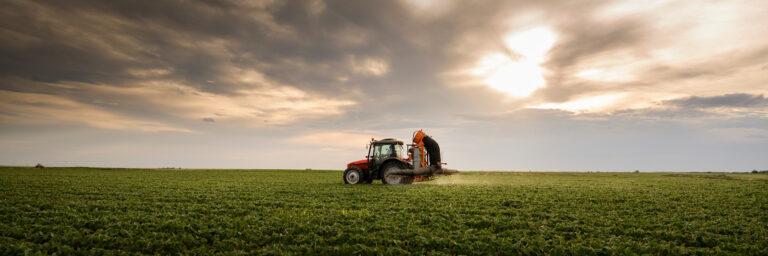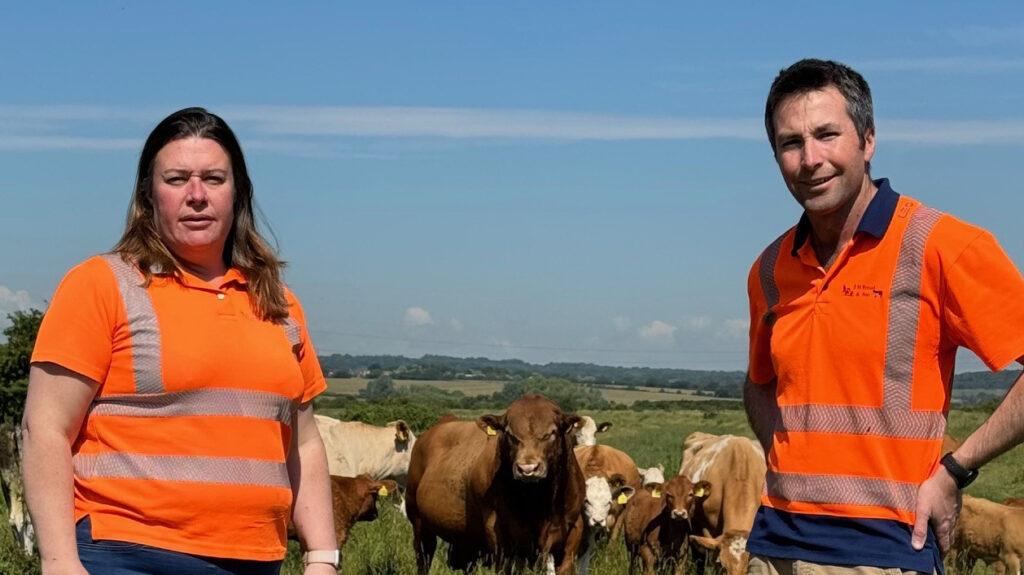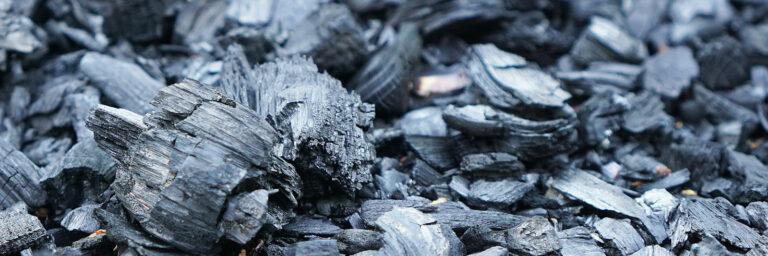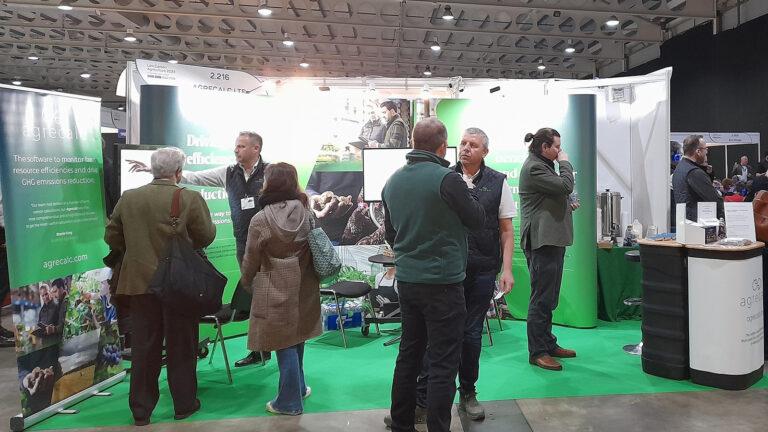
April Business Update: SRUC
After two years of operation as a Limited Company, Agrecalc became part of Scotland’s Rural College (SRUC) as of 1 April 2025.
Taking the high road to carbon efficiency for an Essex farm meant agreeing to undertake a farm assessment that would use scientific calculation to stabilise future.
For Helen Creed joining PRISM 2030 has been about much more than highlighting ways her family’s farm can improve its efficiency while reducing its carbon footprint.
It was also about joining a community of likeminded farmers.
With their corner of Essex primarily covered with arable crops the days of being able to look over a hedge and compare cattle with neighbouring farmers are long gone.
“I was really pleased to get involved,” says Helen. “It has given me that benchmarking of how we are doing that you used to get from going to the local livestock market or by talking to other farmers.
“If we look over the hedge, we see a field of wheat or a heap of houses, and since Covid we have definitely missed interaction with other farmers. The learning and sharing of ideas that PRISM has created – a community of likeminded farmers – has been beneficial.”
Helen farms as a partner in the family business J M Frood & Son with her younger brother Andrew Frood and their parents Ian and Moira Frood.
Her great grandparents moved to Essex from East Kilbride in Scotland in the 1920s and rented a small acreage before settling at Old Hall Farm at Corringham, just short of 25 miles east of London. The tenanted farm has grown to incorporate land that would have once made-up 15 to 20 individual holdings and now has an acreage of around 2,000 acres (809ha).
Andrew oversees the 1,000 acres of arable put down to winter wheat, winter barley, spring peas and spring barley while the 1,000 acres of grass is largely managed under environmental stewardship agreements, with a large quantity of marshland running alongside the banks of The Thames.
The farm has 180 suckler cows, with heifers used for replacements and the remainder all being fattened on-site and going to ABP in Guildford.
Helen had been loyal to the Simmental breed but has introduced Stabiliser blood as the pure-bred calves were lacking in vigour and often born too big (40kg-60kg), requiring labour to get them up and sucking.
“I now run three stabiliser bulls and three pedigree Simmental bulls and try to keep them quite a 50/50 mix of both breeds which is working well. These cross-bred calves have much more get up and go and seem to get drinking within the hour, yet the cows retain the Simmental qualities of being good mothers and milkers.”

“Because we have all studied for degrees, we’re all as a family pretty forward-thinking and interested in learning. My feeling is that it makes sense to be involved in these schemes, as the day when consumers ask about their shopping’s carbon footprint is coming. Just like they do with animal welfare, people will want to know the carbon credentials of the food they eat.”
Helen Creed, Partner in the family business J M Frood & Son
This move to smaller calves, with a birthweight of approximately 30kg, got positive marks in the PRISM carbon calculations carried out by consultants from The Andersons Centre, using Agrecalc, with feedback from the team at Harper Adams University. The suckler cows themselves are around 100kg each lighter at mature weight than they used to be, therefore having a smaller carbon footprint in their own right.
Helen says more regular weighing has been a big benefit of taking part in PRISM, with the experts advising the 1.05kg/day LW gain needs to be higher as the average should be 1.1kg/day. Recommendations included feeding more to calves to increase gains.
“Rather than pulling the animals out to weigh when they are nearing the end of fattening I am getting them all out once a month. This has really reaped rewards in that I can notice something that isn’t putting weight on like it should sooner and look at treatment or dropping it down into the younger pen, so it gets more of a chance to thrive.
“I have also invested in an electronic dosing gun linked to the animals EID and electronic weigh scale and I saved five litres of wormer in the first year, meaning the equipment paid for itself in less than two years.”
Helen followed in her father’s footsteps by studying for an agricultural degree at Reading University. Her father went on to complete a PhD, while her mother gained an agricultural degree from Wye College and Andrew has a degree and PhD in Electronic engineering from Southampton University.
It is perhaps this academic background that has made the family open to taking part in future trials of methane reducing feed additives or MSFPs.
“They have been used a lot in America, particularly with dairy cattle, and I’m interested to learn more about them,” said Helen, who is branch chairman of her local South Essex and Rochford NFU.
While the farm’s fuel costs were calculated as low, The Andersons Centre consultants flagged up that they could be reduced by three per cent to five per cent by turning off machinery and checking tyre pressures. Soil mapping is already used to reduce inputs, but the calculation team said there is scope to do more.
With all the straw coming from “a few minutes up the road” from the farm’s arable land Helen questioned the report’s finding that bedding costs could be reduced by up to five per cent, but she took suggestions for increased ventilation onboard.
Helen went into teaching after university, becoming head of biology and returned home to the farm with her late husband – who gave the family useful information with regards to renewable energy opportunities from his role at the time of Head of Renewables at a national Land Agency firm – when they started a family.
“We are lucky that the farm has grown and what started as half a day in the office has become a role I love as a full-time equal partner,” she explained.
“It’s also great that because we have all studied for degrees, we’re all as a family pretty forward-thinking and interested in learning. My feeling is that it makes sense to be involved in these schemes as the day when consumers ask about their shopping’s carbon footprint is coming. Just like they do with animal welfare, people will want to know the carbon credentials of the food they eat.”

After two years of operation as a Limited Company, Agrecalc became part of Scotland’s Rural College (SRUC) as of 1 April 2025.

Biochar is a carbon-rich material produced by pyrolysing biomass, which offers a variety of potential agronomic benefits. In this guest article, Black Bull Biochar discusses how these effects work together to bolster productivity, sustainability, and resilience in farming.

The Agrecalc team is looking forward to welcoming you at our stand (2.844) at this year’s Low Carbon Agriculture Show, taking place on March 5 and 6, at NAEC Stoneleigh near Kenilworth.